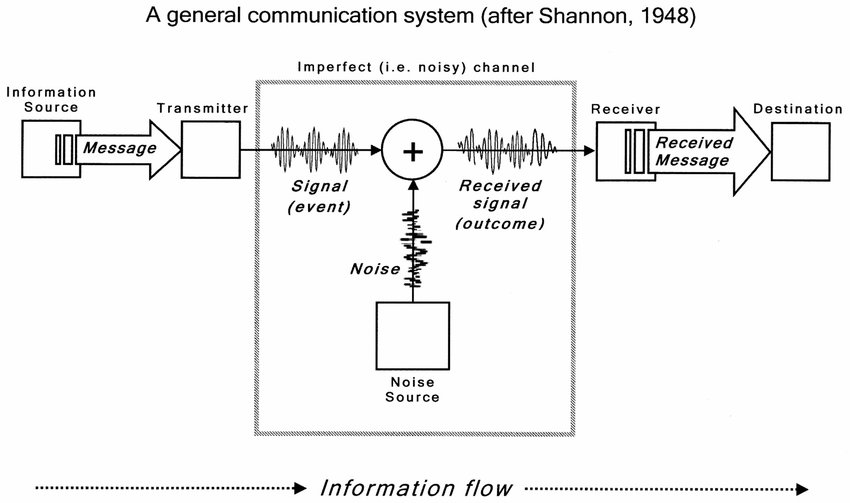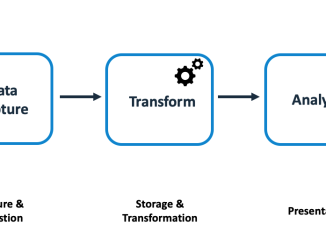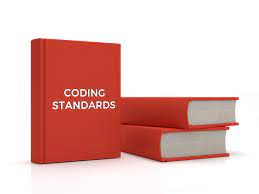In the realm of technology, information stands as the very foundation of any enterprise. But what exactly constitutes information? While many might instinctively associate it with computer databases, the field of information theory encompasses far more than just these digital repositories.
Information is a tangible entity—it's a quantity that's sought after, something that can be traded, and even something that merits protection.
Wikipedia offers this comprehensive definition: "Information is any event that influences the state of a dynamic system. In its most precise technical context, it's an ordered sequence of symbols. Yet, the concept of information carries multiple connotations. Furthermore, it's intricately linked with notions of constraint, communication, control, data, form, instruction, knowledge, meaning, mental stimuli, pattern, perception, and representation." (http://en.wikipedia.org/wiki/Information)
Information Theory, therefore, doesn't revolve solely around the study of bits and bytes; it's about comprehending information in its entirety. This includes quantifying information and delving into fundamental aspects such as information acquisition and the extraction of genuine insights from extraneous data. In the field of Electrical Engineering, we tackle this through processes like signal conditioning and noise filtering. In the realm of mathematical sciences, particularly probability sciences, the acquisition of information involves exploring event probabilities and their correlations—both as concurrent events and as cause-and-effect occurrences. In process control, the quest for acquiring information aims to enable more optimal control of various processes.
Hence, the core of information theory revolves around securing a clear signal, predicting the nature of that information, and harnessing it effectively.
In 1948, C. E. Shannon penned a seminal paper titled "Mathematical Theory of Communication." This groundbreaking work ushered in the concept of Information Theory in modern science. Shannon's fundamental premise is that communication systems—the mechanisms for disseminating information—comprise five essential components:
- An information source (examples include radio signals, DNA, or industrial meters)
- A transmitter
- The communication channel (the medium used for transmission)
- A receiver
- A recipient
For technologists, grasping these core principles of information theory is vital, as they underpin the very essence of how data and knowledge are managed, conveyed, and leveraged in today's technology-driven world.

In the realm of technology, achieving seamless and noise-free information flow is paramount, particularly when dealing with industrial and parameterized data. In this context, our primary concerns revolve around data precision, latency, clarity, and effective storage solutions.
Ironically, the field of cryptography pursues precisely the opposite goal: it seeks to obscure data while maintaining its purity. Within cryptography, the demand for precise, timely, and clear information remains as critical as ever. However, the primary aim is to encapsulate this information within layers of seemingly meaningless gibberish.
Yet, when we shift our perspective, scientists and code breakers find themselves pursuing a contrasting objective. They are on a quest to uncover patterns, trends, and subtle clues within data. These very patterns, tendencies, and clues form the bedrock of the data-information-knowledge-understanding-wisdom continuum. Identifying these insights empowers industrial information users to enhance performance and, ultimately, drive profitability.
The Digital Oilfield serves as a prime illustration of the relentless quest for richer and more valuable information. In an era where the extraction of resources becomes increasingly challenging—think shale gas, undersea petroleum, horizontal drilling, and more—the significance of mining these essential patterns, tendencies, and clues becomes even more pronounced.
Hence, the Digital Oilfield finds itself at a unique juncture—lagging in its recognition of the critical need for information while simultaneously leading in its capacity to unlock the vast potential concealed within this information treasure trove.


